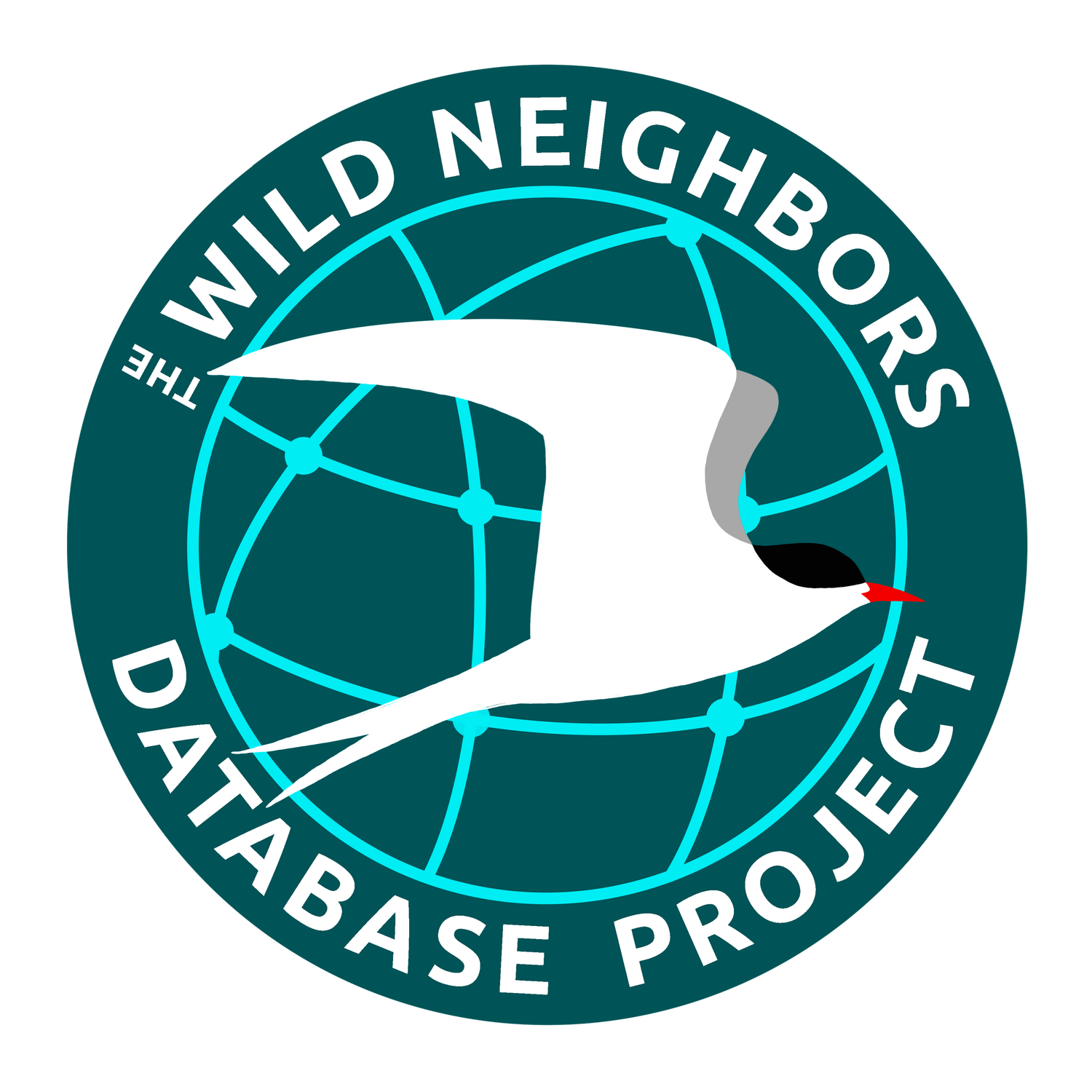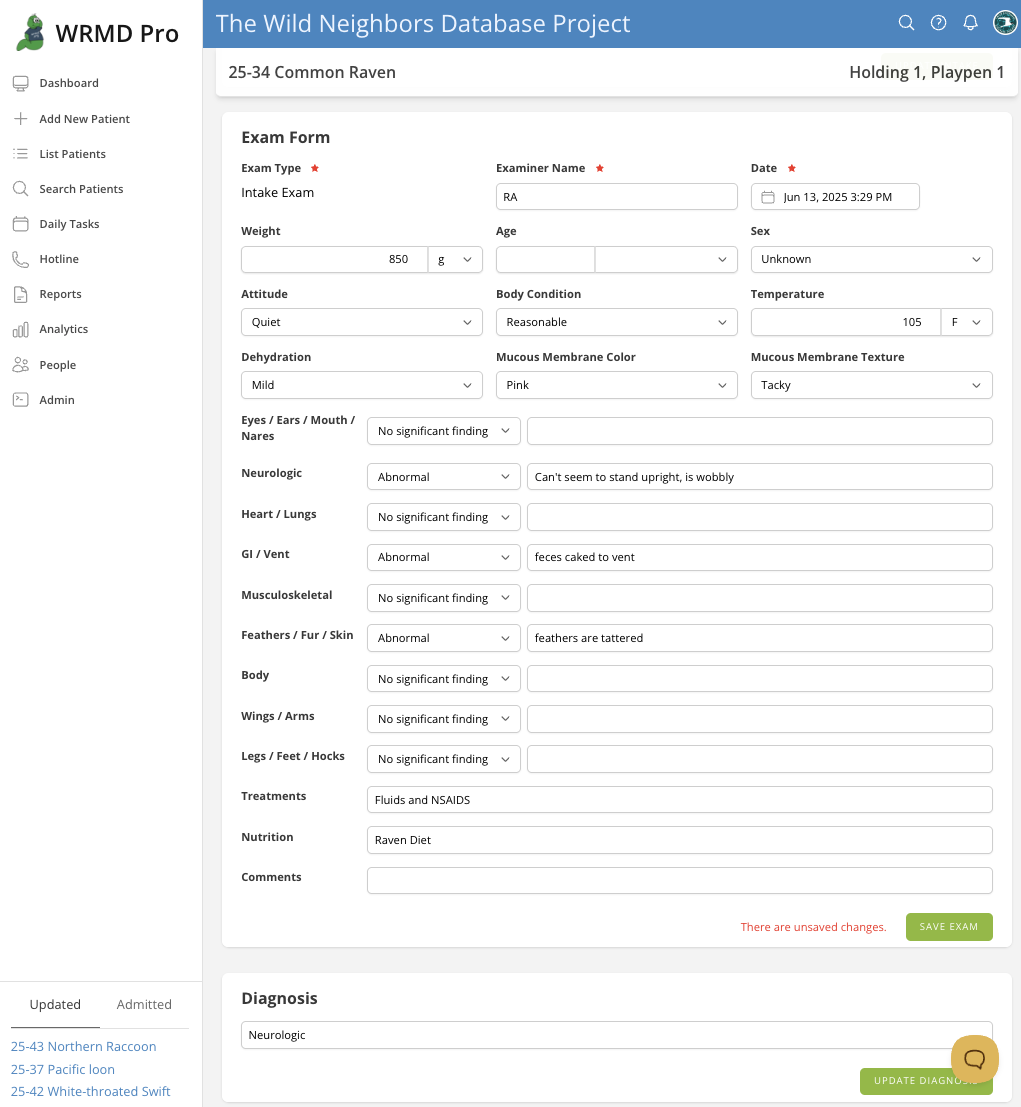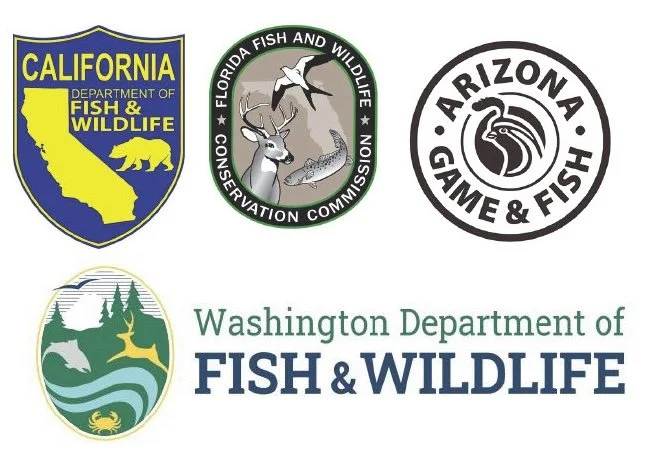Washington State Joins WildAlert
Washington Joins WildAlert: Expanding Early Detection of Unusual Events Across the West
We’re thrilled to announce that Washington State is the most recent state to join WildAlert! With this addition, WildAlert is now live in four states: Arizona, California, Florida, and Washington—each helping to build a stronger, more connected system for tracking and responding to wildlife morbidity and mortality events.
This is a huge step forward for collaborative wildlife health surveillance, and we’re honored to work alongside Washington’s dedicated wildlife health professionals.
What is WildAlert?
WildAlert is a wildlife morbidity and mortality event alert system designed to detect unusual patterns in wildlife health early and quickly share them with the relevant wildlife health agencies and responders. It’s a partner-driven, web-based platform that supports early detection, improved coordination, and more timely response to wildlife health threats.
Example of WildAlerts target dashboard
The system integrates data in near real-time from a network of wildlife rehabilitation organizations, drawing from clinical information entered into the Wildlife Rehabilitation Medical Database (WRMD). Through an automated, 24/7 process, WildAlert monitors that data and generates alerts when unusual trends emerge—like a spike in raccoons presenting with signs of neurologic disease (e.g., seizures), or an uptick in songbirds with respiratory issues.
Users can customize their surveillance targets by species, taxa, or clinical presentations to focus on what matters most to their region or agency.
What kind of data does WildAlert use?
Basic Initial Data used for WildAlert
We understand the importance of data privacy and want to reassure WRMD users: WildAlert only uses limited, non-identifiable data inputs. These include species, dates of admission, general clinical signs, and other anonymized details that are aggregated and analyzed for trends. WildAlert does not share any personally identifiable information such as user names, organization names, addresses, or case-level notes.
Data ownership remains fully with the reporting organization, and participation in WildAlert surveillance is strictly permission-based.
Who can use WildAlert?
Right now, WildAlert is primarily available to state and regional wildlife agencies, who use it to receive timely information about wildlife disease activity in their area. This helps them make more informed decisions, act quickly, and coordinate response efforts with partners across sectors.
What’s Next: WRMD 4.0 Integration
With the upcoming launch of WRMD 4.0, eventually users located in WildAlert-participating states will gain new capabilities: a built-in WildAlert Dashboard, allowing them to see regional alerts and trends directly within their WRMD account.
This integration will support better awareness and action from the ground up—connecting daily casework with larger wildlife health patterns across a state or region.
Want WildAlert in Your State?
We’re committed to helping more states enhance their wildlife disease surveillance through WildAlert. If you work in wildlife health, public health, or wildlife rehabilitation and want to learn more about bringing WildAlert to your region, we’d love to hear from you.
📩 Contact us: info@wildneighborsdp.org
🌐 More info: wildneighborsdatabaseproject.org/wildalert
💙 Support our work: Donate here




